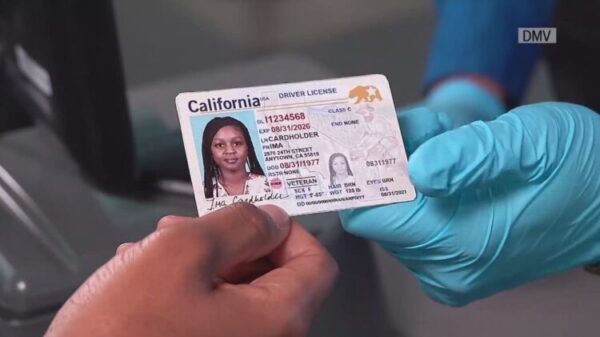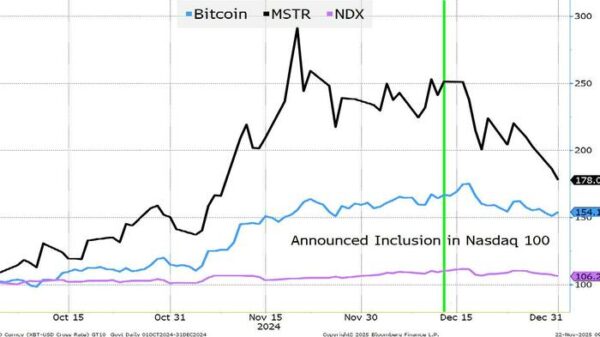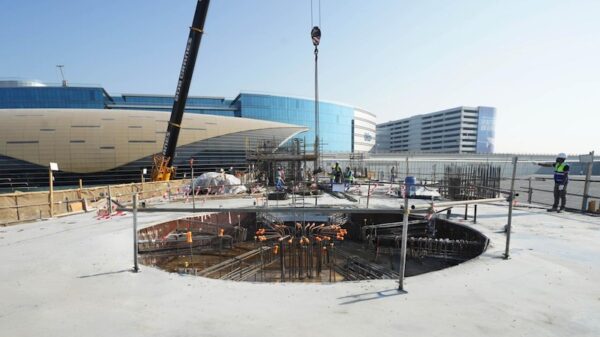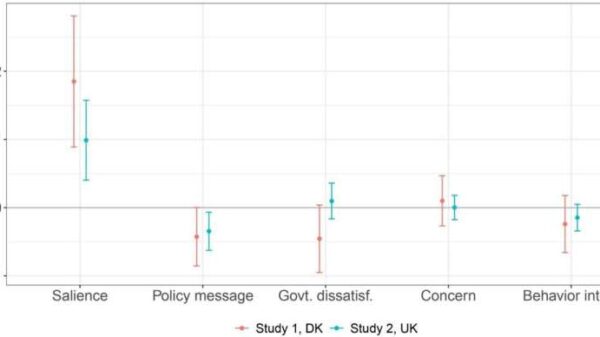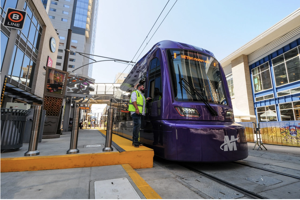A rapidly expanding city in East Texas is considering the implementation of a light rail system as a potential solution to worsening traffic congestion. Tyler, along with the surrounding Smith County, has seen its population swell to approximately 250,000, largely driven by a burgeoning healthcare sector that attracts nearly 2,000 newcomers each year. This influx has led to increased vehicular traffic, prompting local officials to seek alternative transportation options.
Michael Howell, director of Tyler’s Metropolitan Planning Organization, emphasizes the need for change. “How can you go somewhere and not have it be just you getting into a car? There is a finite amount of space, a finite amount of parking,” Howell stated. He seeks community input on whether residents would utilize a light rail system if it were established.
The prospect of light rail in Tyler marks a significant shift in a state traditionally dominated by the oil and gas industry and a car-centric culture. Recently, state lawmakers even considered cutting funding for light rail projects in major cities like Dallas and Houston. Despite this, Tyler’s residents frequently travel to the city for medical care not available in more rural areas, underlining the importance of efficient transportation solutions.
As Tyler continues to grow, Howell has identified several areas experiencing severe traffic congestion. The medical district, which hosts two hospitals and a medical school, has become increasingly difficult to navigate. Furthermore, the downtown area is poised for expansion following a $25 million investment in infrastructure, which may exacerbate parking issues. Howell suggests that a light rail system could provide an alternative for visitors and residents, allowing them to park further from the city center and ride in.
According to Yonah Freemark, a researcher at the Urban Institute, many burgeoning cities are contemplating public transport expansions due to rising traffic congestion. Effective public transit can mitigate congestion in large urban areas, as seen in Seattle, where population growth has not significantly increased the number of cars on the road. Yet, Freemark cautions that light rail systems alone do not resolve congestion problems, pointing to Houston’s ongoing issues despite its light rail infrastructure.
The feasibility of establishing a light rail system in Tyler hinges on its ability to support the investment along with backing from state and federal entities, as well as major rail companies. Howell sees potential in utilizing existing freight and abandoned rail lines, which could lessen the financial burden on the city. He also mentioned a multi-state coalition advocating for a passenger rail line connecting Dallas to Atlanta, suggesting Tyler could potentially link into this larger project.
Experts stress that Tyler’s smaller size compared to cities with established light rail systems does not preclude the need for proactive planning. Mena I. Souliman, a professor at the University of Texas at Tyler, highlighted the importance of conducting thorough cost-benefit analyses to determine the practicality of such an initiative.
In early 2025, Tyler allocated $150,000 to Kimley-Horn for a comprehensive study on a light rail system. Recently, the metropolitan planning organization began soliciting feedback from residents through an online survey and plans to host a virtual town hall on September 23, 2023. As of now, over 100 responses have been collected, with many participants providing comments on an interactive map.
“This is really us trying to prime the community to ask the right questions and say what we would like it to be,” Howell explained. If the community expresses a desire for a light rail system, the city will proceed with detailed proposals. Conversely, if there is a lack of interest, Howell will explore alternative methods to alleviate traffic congestion.
“Investing significant funds into a project that the community does not support is not something we want to pursue,” he added. As Tyler navigates this pivotal moment in its growth, the feedback from residents will play a crucial role in determining the future of transportation in the city.








